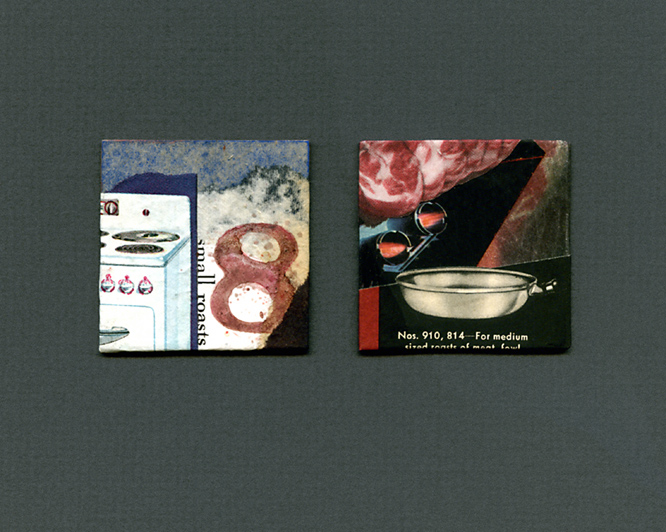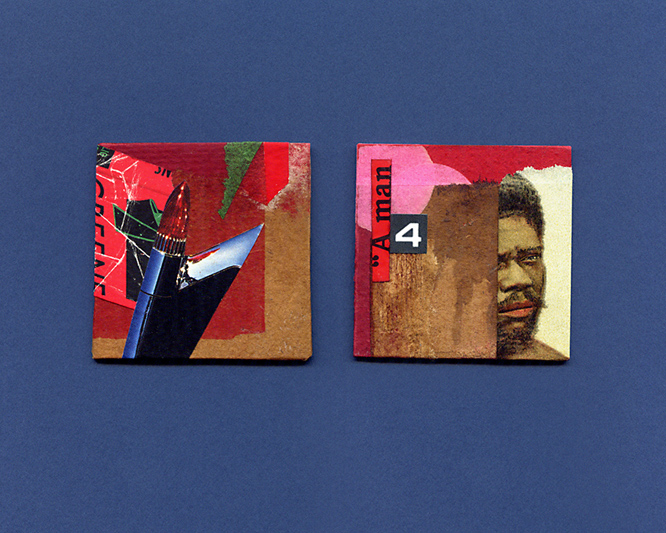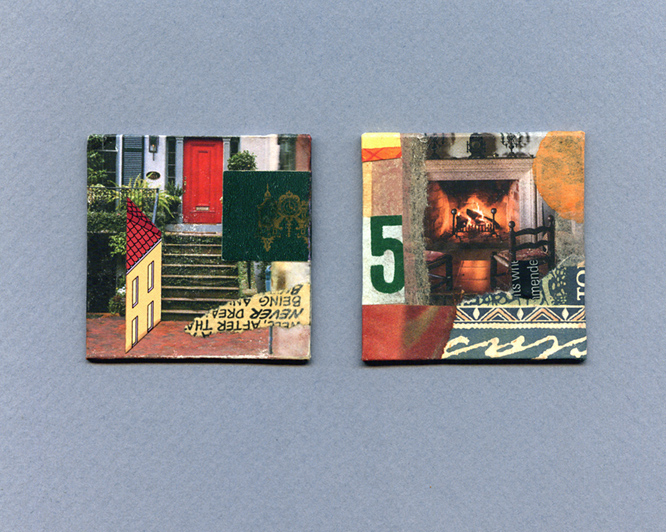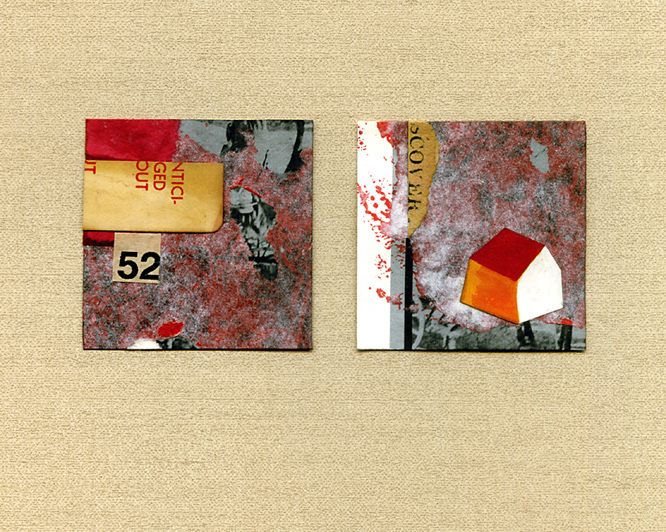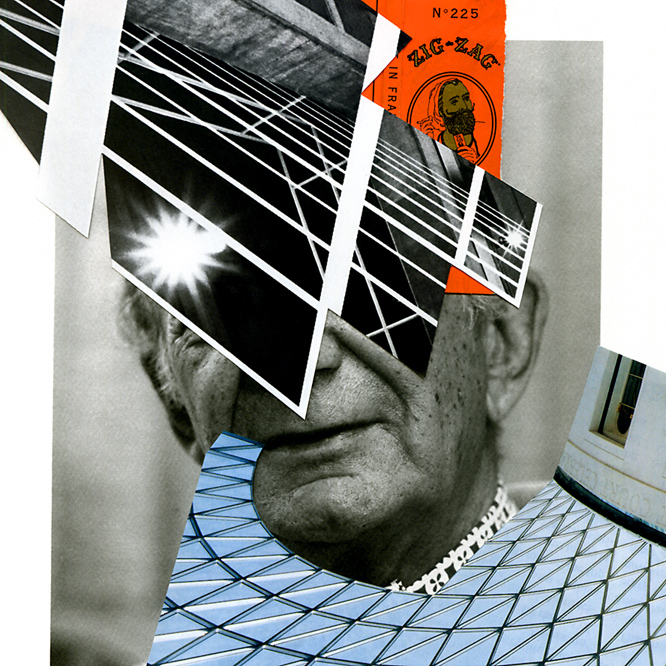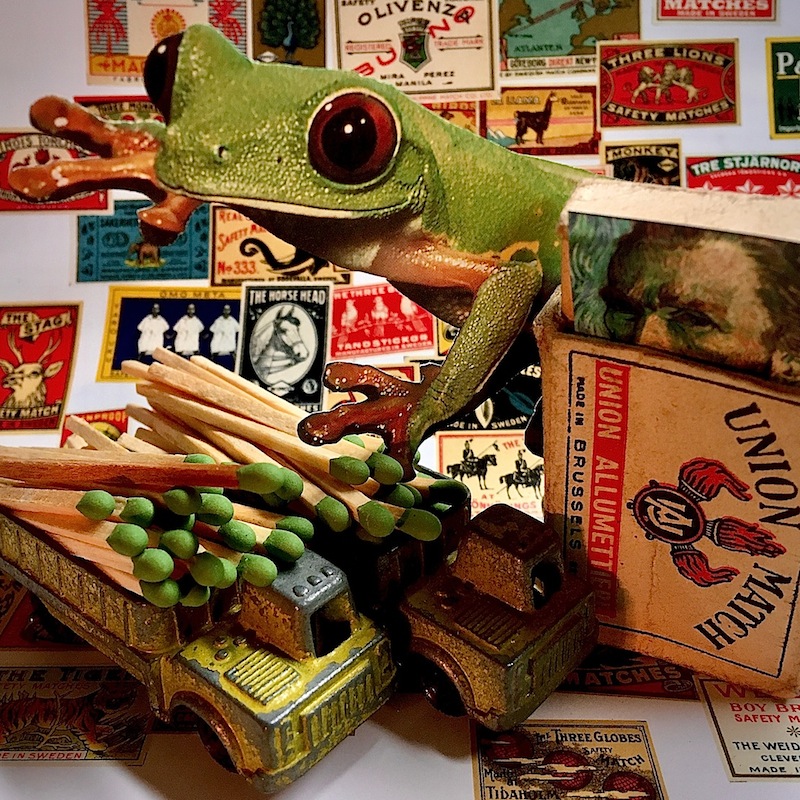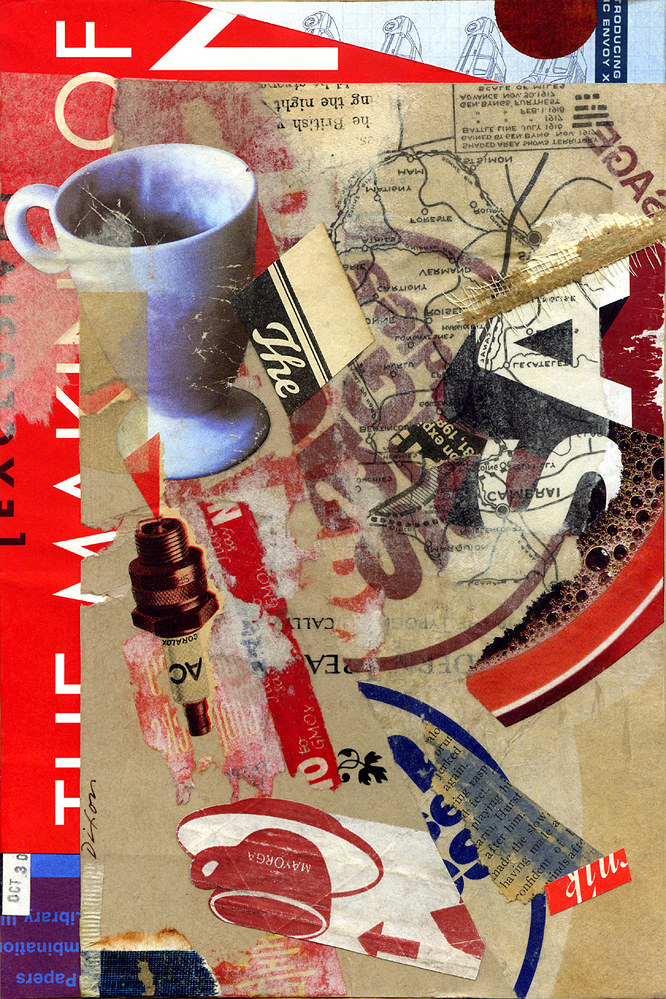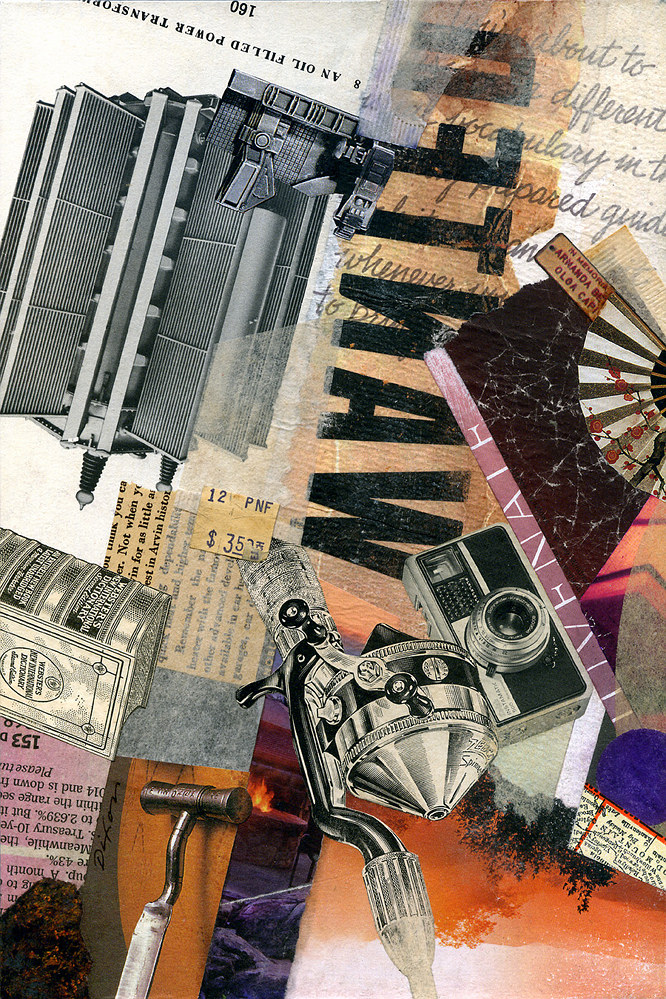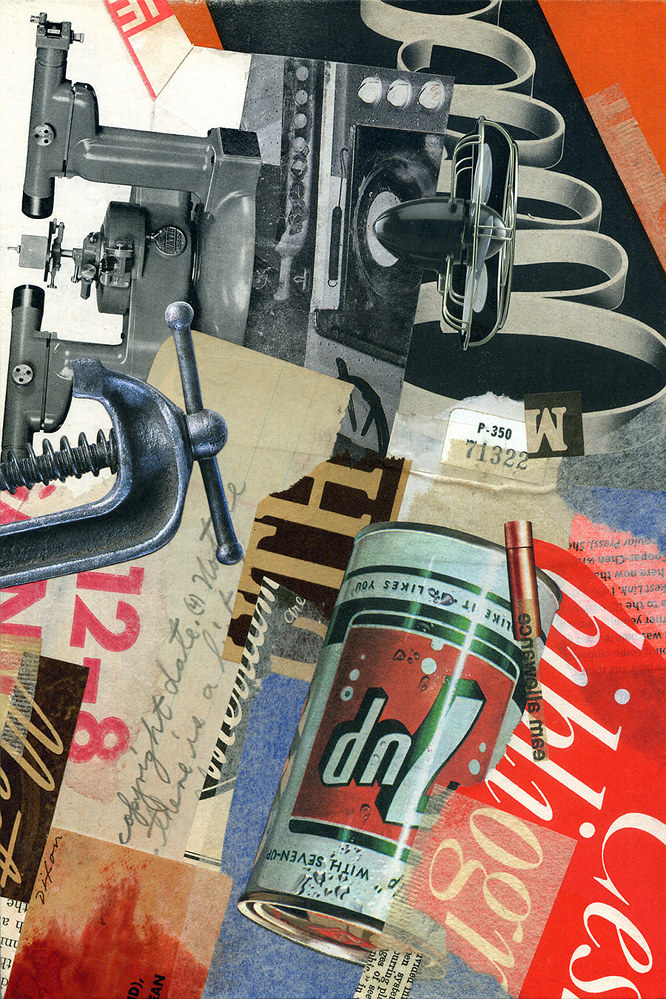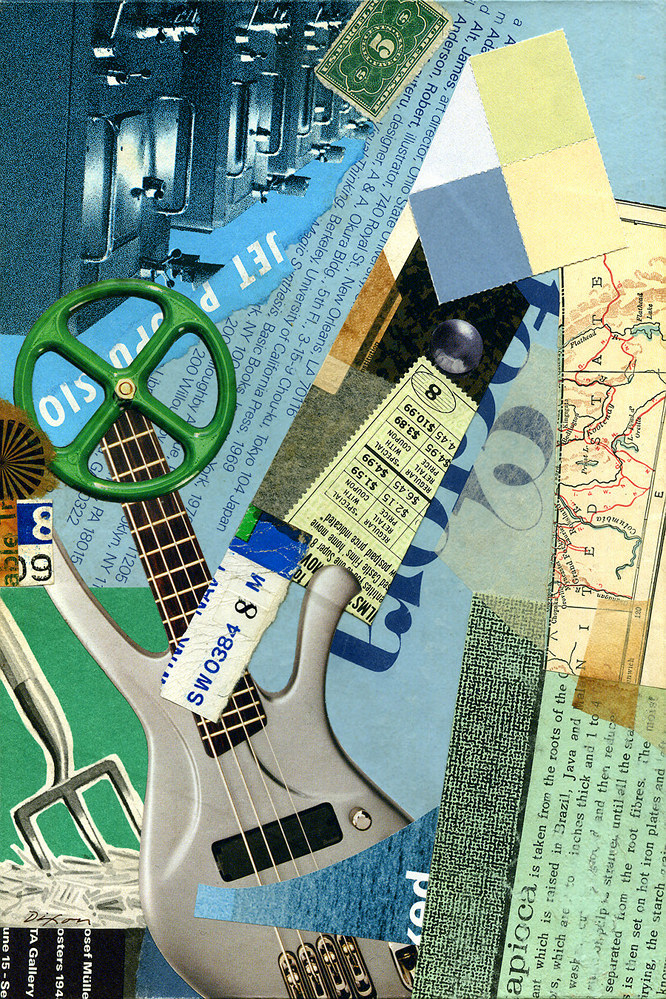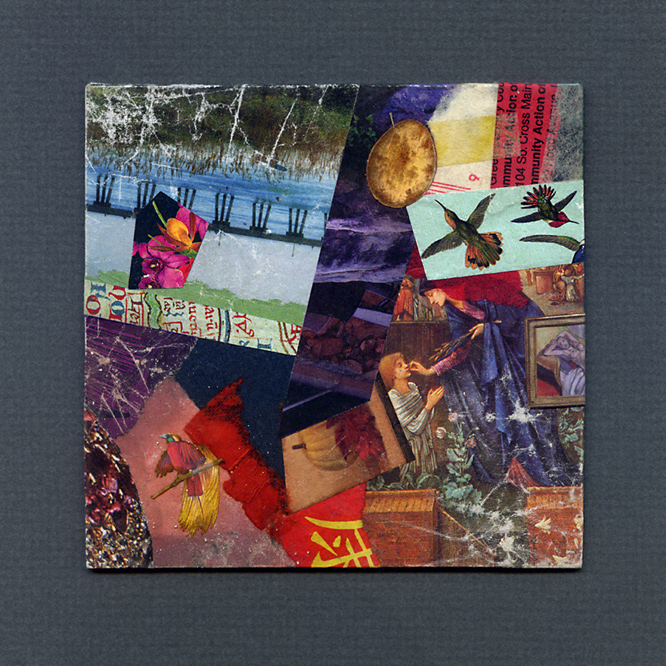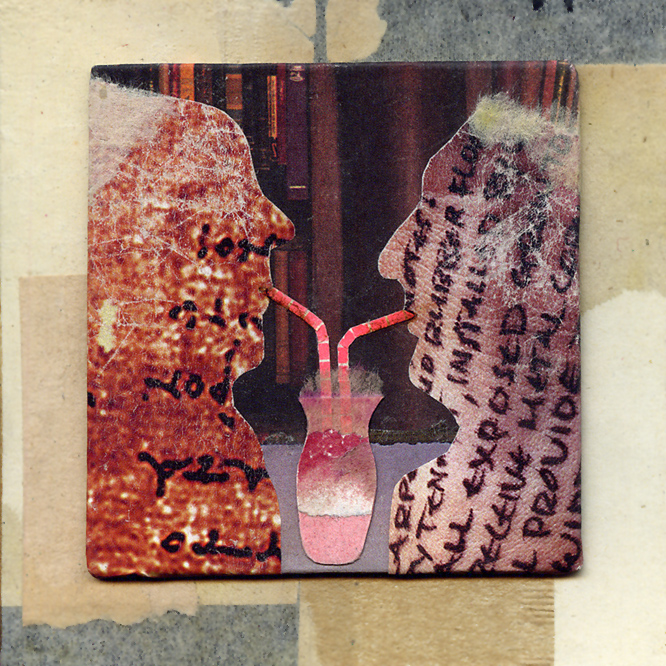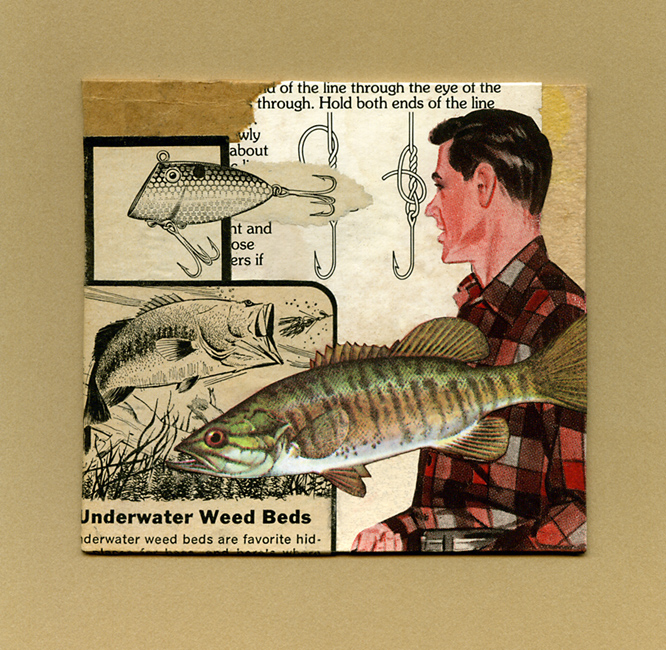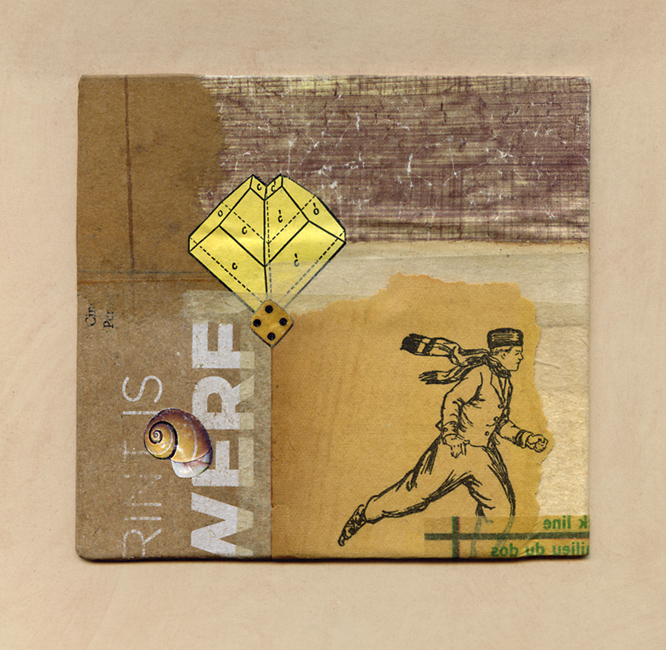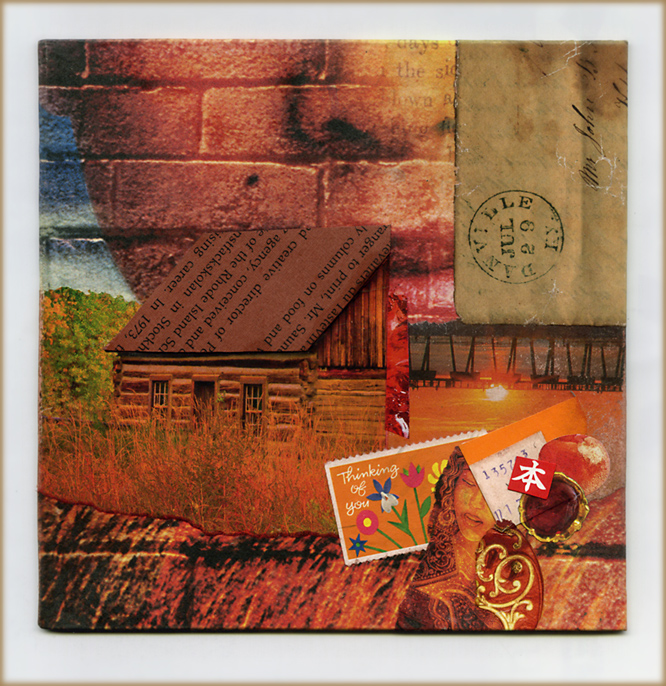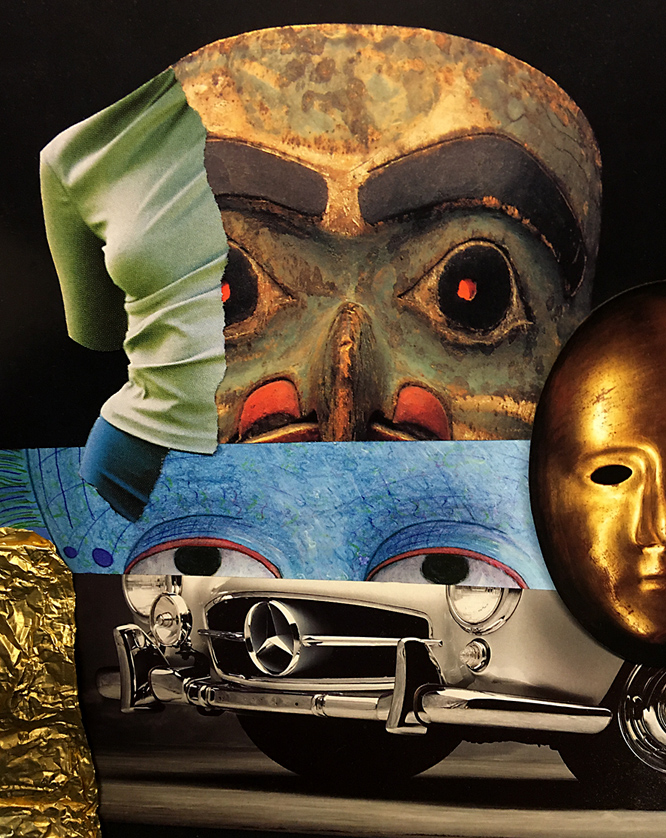Forgot to Turn Off Stove (diptych 8)
collage miniatures by J A Dixon
1.8125 x 1.8125 inches each
left square | right square
available for purchase
< back to the comprehensive page of collage diptychs
Archive for the ‘Constraints’ Category
Forgot to Turn Off Stove (diptych 8)
Friday, July 10th, 2020Forgot to Be Aware (diptych 4)
Thursday, July 9th, 2020Forgot to Be Aware (diptych 4)
collage miniatures by J A Dixon
1.875 x 1.875 inches each
left square | right square
available for purchase
< back to the comprehensive page of collage diptychs
Forgot to Stop By (diptych 5)
Monday, July 6th, 2020Forgot to Stop By (diptych 5)
collage miniatures by J A Dixon
1.9375 x 1.9375 inches each
left square | right square
available for purchase
< back to the comprehensive page of collage diptychs
Forgot to Say Hello (diptych 780)
Sunday, July 5th, 2020Forgot to Say Hello (diptych 780)
collage miniatures by J A Dixon
1.9375 x 1.9375 inches each
left square | right square
available for purchase
< back to the comprehensive page of collage diptychs
Forgot to Lock House (diptych 52)
Thursday, July 2nd, 2020Forgot to Lock House (diptych 52)
collage miniatures by J A Dixon
1.9375 x 1.9375 inches each
left square | right square
available for purchase
< back to the comprehensive page of collage diptychs
Februllage Extended for Worldwide Quarantines
Tuesday, June 30th, 2020Superbounce
collage miniature by J A Dixon
7 x 7 inches
for Februllage 2020
Zig-Zag
collage miniature by J A Dixon
7 x 7 inches
for Februllage 2020
Strike a light!
Sunday, May 31st, 2020“Edinburgh Collage Collective would like to send a huge thank you to all the participating collage artists from around the world who have joined us for this project. Our matchbox project has attracted over 1000 submissions. It’s been a great pleasure and inspiration to receive and share all the incredible work. We have certainly seen examples of artists thinking both inside and outside the box. The exploration of the medium has resulted in a wide variety of diverse approaches and interpretations. We have seen everything from 2d flattened boxes to full blown dioramas – all taking their inspiration from the humble matchbox.”
— Rhed Fawell, E C C
I was inspired to compose something different for the “STRIKE A LIGHT” Matchbox Project, an open call from Edinburgh Collage Collective, which invited international collage artists to make work incorporating the matchbox as a visual starting point. It was a fun submission for me, since I rarely explore 3D collage.
The two shuttle trucks by Tootsie Toy® are from 1967. The original Union Match box (with Vincent peeking out) is one I brought back from Brussels in 1974. The whole thing was sparked by finding a tree frog.
Better not ask me to explain how my mind works. I’m still as baffled by creativity as I was when I decided, as an adolescent, that there was no possible aspiration for me other than to become a visual artist.
Strike a Light
photo-collage by J A Dixon
created for the #strikealight2020 project
{th ink} OBJECTEXTION
Sunday, March 8th, 2020“I intentionally left body parts out of the composition, because as collage artists we are so prone to use them on a regular basis. This call was to have you step out of your comfort zone and try something different.”
— Aaron Beebe
The past century of collage history has been a steady influence on my art practice, but I find additional inspiration from a body of contemporary practitioners. Aaron Beebe is among them. I was fortunate enough to have a piece reproduced as part of his first {th ink} publication. With my heart set on getting into issue #2, I confronted the unique submission guidelines: “Must be an analog collage that contains at least one object, NO faces or body parts, and must have some kind of text within the composition.” As I prepared four separate entries, I found myself in no small part attuned to Beebe’s recognizable approach. Paul Klee said, “We do not analyze works of art because we want to imitate them or because we distrust them.” Emulation for the sake of favor? I would surely hope not. L T Holmes articulated it best during her outstanding Under the Influence series of 2013. Lalo Schifrin, while shaping his individual voice as a musician and composer, absorbed the jazz vocabulary of Dizzy Gillespie (who had been influenced by Roy Eldridge). We can all learn much from our peers. Did you see something created this week that stimulated your desire to evolve as an artist? I did.
Four Submissions, 2020
collage miniatures by J A Dixon
6 x 9 inches each
submitted for possible inclusion
as part of {th ink} issue #2
Big night for tiny art
Saturday, February 29th, 2020“Many artists struggle to make a profit each year, and although it might sound noble to give art away, sometimes it does the community of artists more harm than good. Fundraisers who ask numerous artists for outright donations devalue the worth of the art in that community. … The folks that put on these fundraisers are not malicious people. They just don’t understand how selling donated art at low prices hurts the art community.”
— Lori Woodward
Our local Art Center had another successful fundraiser last night, thanks to a massive number of minuscule donations from regional artists. Staff members had to rethink how the event was organized. The turnout was so insane last year that the fire marshal weighed in with concerns.
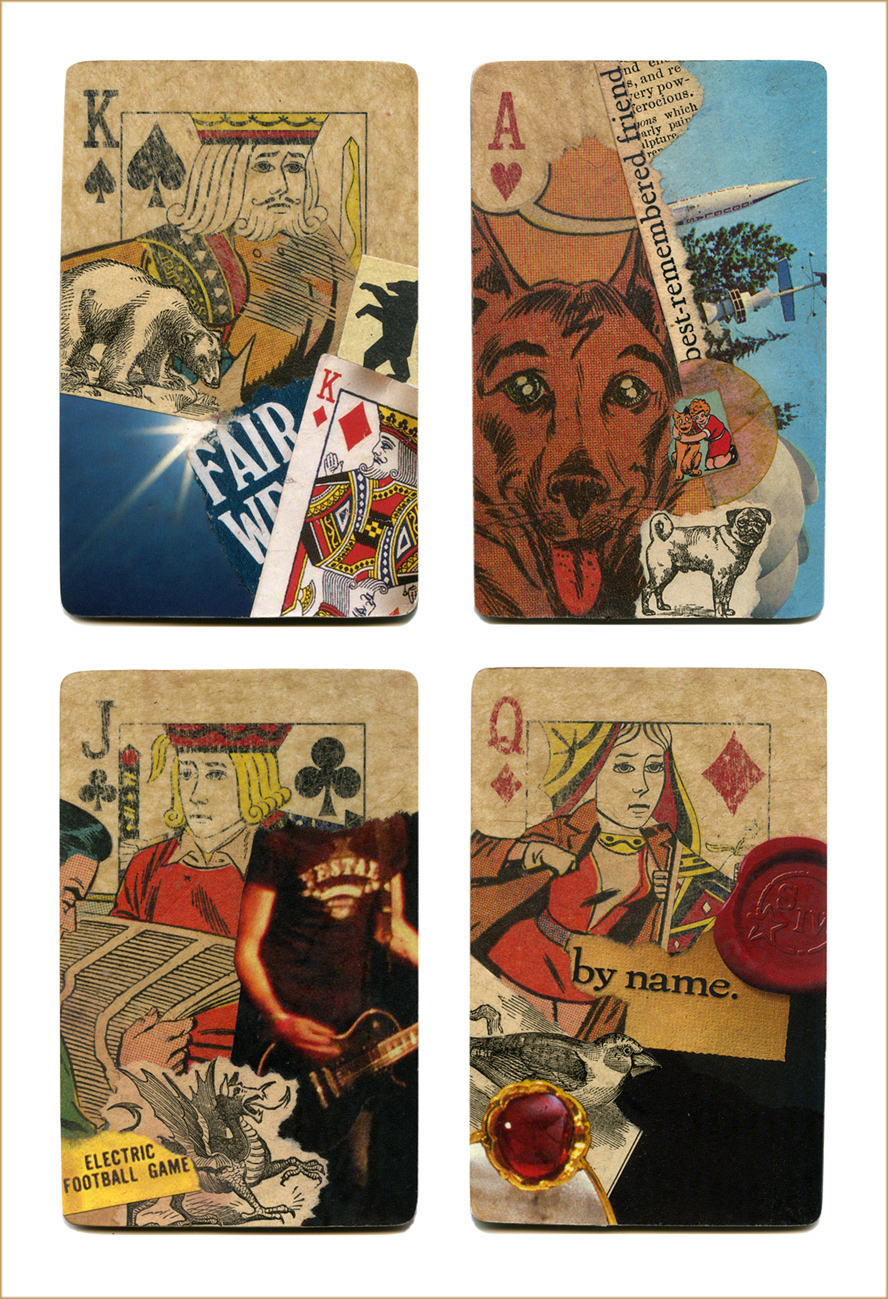 I contributed four playing card experiments a year ago, but this time around I decided to boost that to five collage miniatures that met the 6×6-inch constraint.
I contributed four playing card experiments a year ago, but this time around I decided to boost that to five collage miniatures that met the 6×6-inch constraint.
Much has been said and written about the expectation that artists will continuously supply the fruits of their creative labor without compensation in support of nonprofit fundraisers. My basic motto is, “Keep it small, and keep it infrequent.” I’ve gone into more detail about the issue at this blogsite more than once. I have respect for those who decline requests across the board. It’s a decision for each individual. It bugs me when people preach a universal approach. Pro-bono contributions are a time-honored activity in the professional world, but, as with nearly everything, there has to be balance. I recently took part in a fundraiser that split some of the proceeds with participating artists. Nothing wrong with a win-win like that. I hope the practice spreads to a greater number of worthy organizations.
It’s not a new idea. Maria Brophy, Lori Woodward, and others had pretty much thought this through ten years ago:
• mariabrophy.com / the problem with donating art and the solution
• fineartviews.com / fundraisers that do it right
Please share your observations with me. I shall always reply!
Five Tiny Donations
collage miniatures by J A Dixon
within a 6×6-inch size limit
“Tiny Art” fundraiser to benefit
Art Center of the Bluegrass
Februllage ~ day ten
Monday, February 10th, 2020Personae
collage experiment by J A Dixon
5 x 6.25 inches
for Februllage 2020
